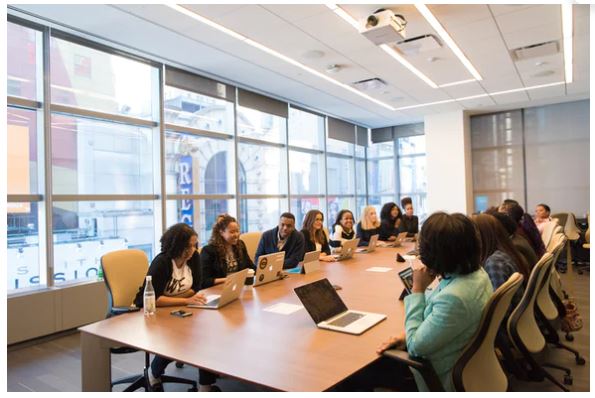Equity is an Expectation

Equity is an Expectation

There is a deep need for equity in education. All students need to be challenged and know their schools have their best interest in mind. Schools need to make sure the needs of diverse students are met and they are receiving an equitable education. This means school districts need to ensure equity in resources and educational opportunities. This requires schools to recognize that not all students are the same and those with less will need more attention and support.
Research has shown we cannot separate learning needs and non-academic needs nor should this be entirely put on schools. We need support systems built within our communities. Dr. Pedro Noguera, a Professor of Education at New York University and the Executive Director of the Metropolitan Center for Research on Equity and the Transformation of Schools, states, “Our achievement gap is due to social inequality. We must invest in children of color: They are the future.” In his efforts to support all students, Dr. Noguera developed 10 practices to promote achievement for all students.
1.Challenge the normalization of failure. Race and class should not predict achievement.
- Stand up and speak out for equity. Schools must confront the ways in which some students are denied learning opportunities.
- Embrace immigrant students and their culture.
- Provide students with clear guidance on what it takes to succeed, including such things as study skills, “code-switching,” and seeing models of excellent work
- Build partnerships with parents based on shared interests. Faculties must be trained to communicate respectfully and effectively across race and class differences and work with parents to help reinforce school objectives at home.
- Align discipline practices to educational goals. Get buy-in from all staff on expectations, values, and norms that reconnect students to learning, rather than exclude them from learning. Teachers must make education matter to students.
- Rethink remediation and focus on acceleration. Monitor learning and provide access to enriched, rigorous curriculum with needed support and personalized interventions.
- Implement evidence-based practices and evaluate for effectiveness. Consider such things as block scheduling, peer study groups, content literacy, extracurricular activities, and mentoring.
- Build partnerships within the community to address student needs.
- Teach the way that students learn, rather than expecting them to adjust their learning to a rigid, set way of teaching. Teachers should focus on evidence of mastery and performance, viewing the work produced as a reflection of their teaching.
These practices, if implemented, can help support us in our efforts to close the achievement gap. As we work to close the gap, the students of today will be better prepared to contribute to society with confidence, strong skill sets and a desire to make this world a better place.




